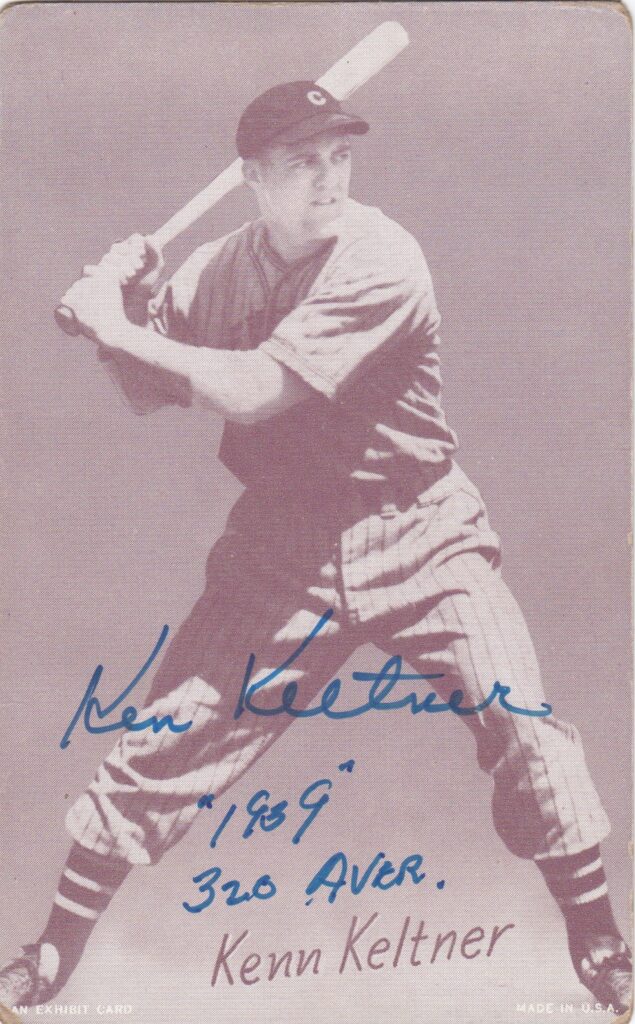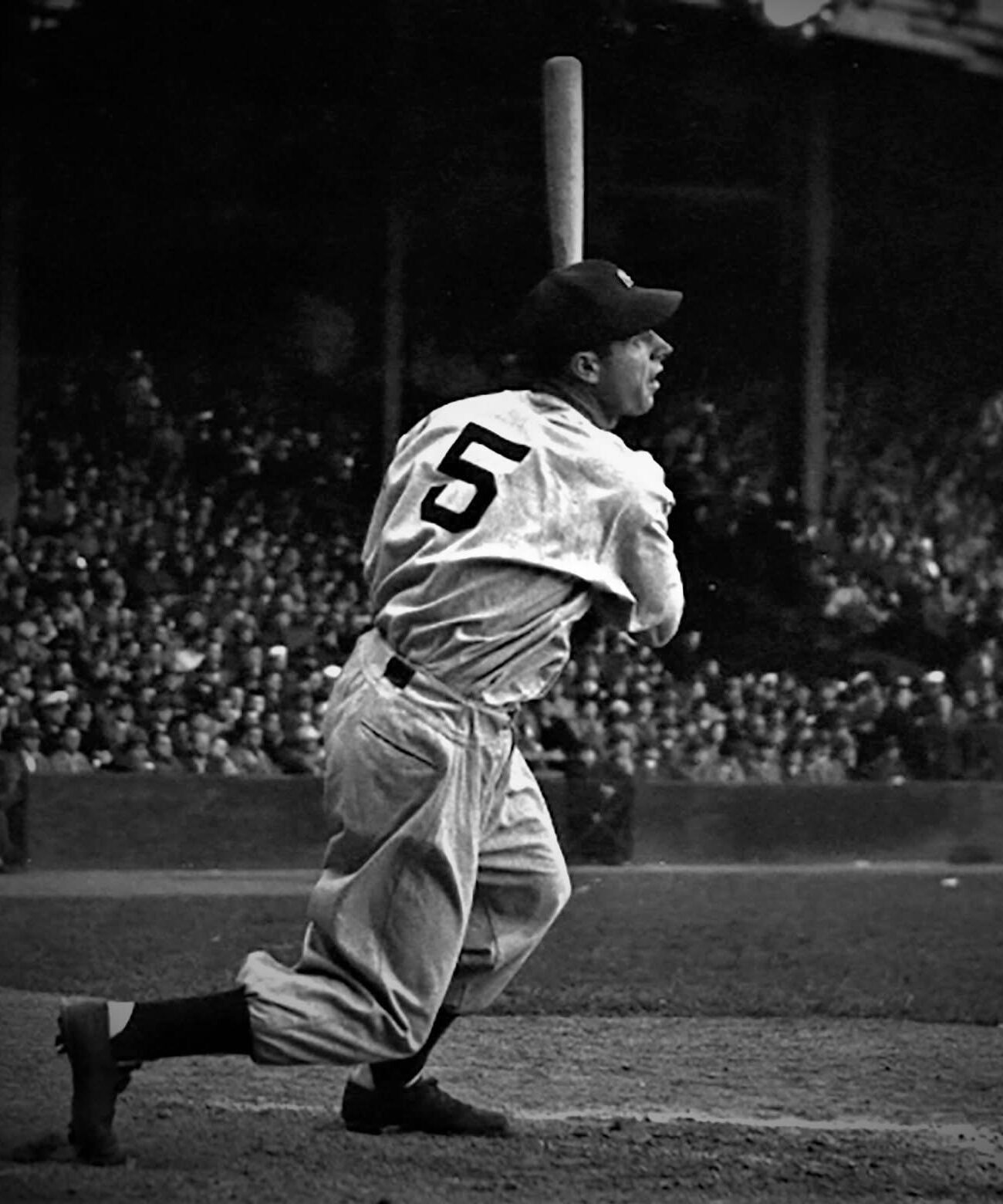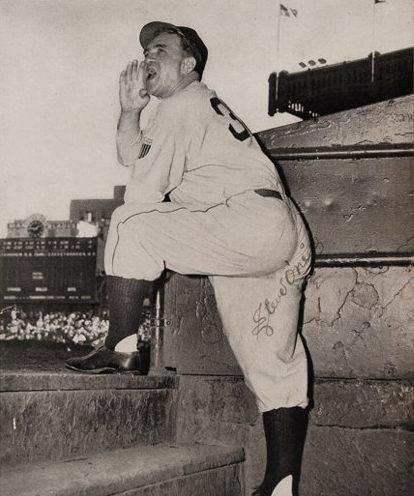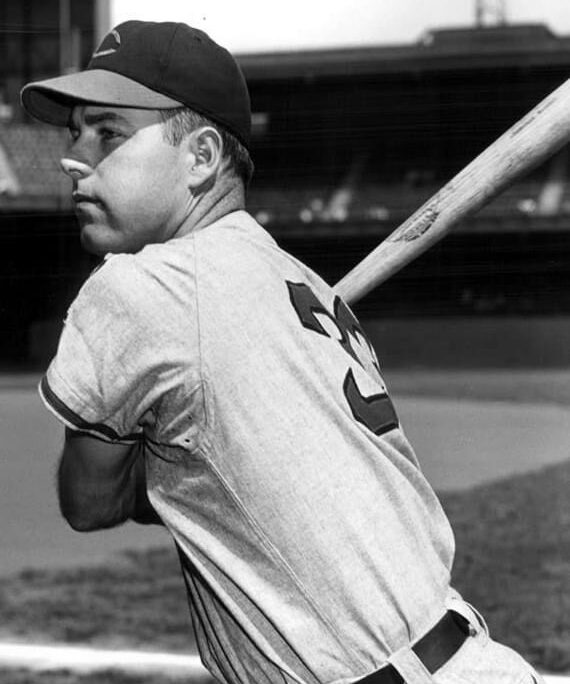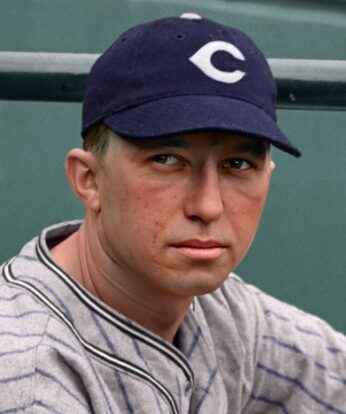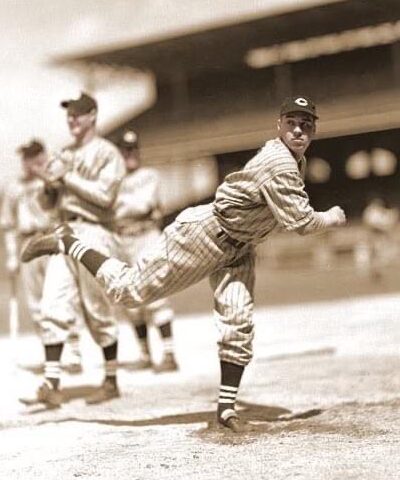Ken Keltner
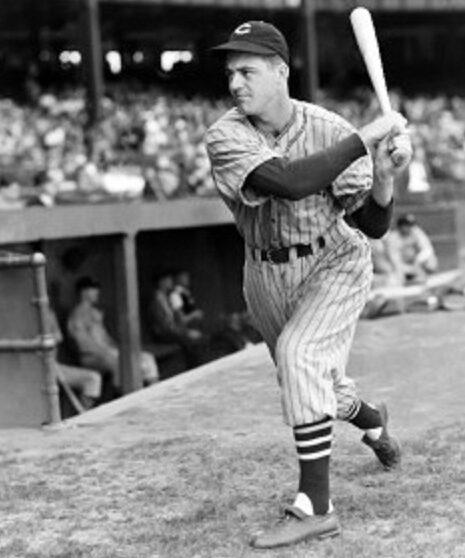
| Birthdate | 10/31/1916 |
| Death Date | 12/12/1991 |
| Debut Year | 1937 |
| Year of Induction | |
| Teams | Indians, Red Sox |
| Position | Third Base |
Defensive gems by 7-time All Star Ken Keltner helped stop DiMaggio’s 56-game streak; Keltner hit the pennant-winning homer in the 1st single-game AL playoff.
Leave a commentIn the collection:
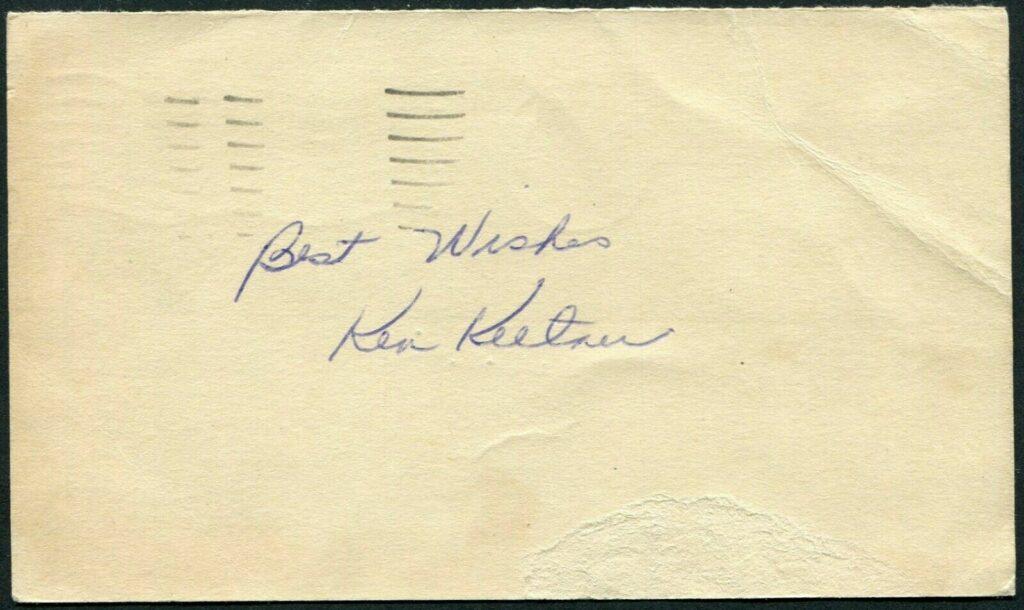
Seven-time All Star and former world champ Ken Keltner signed government post card from 1948
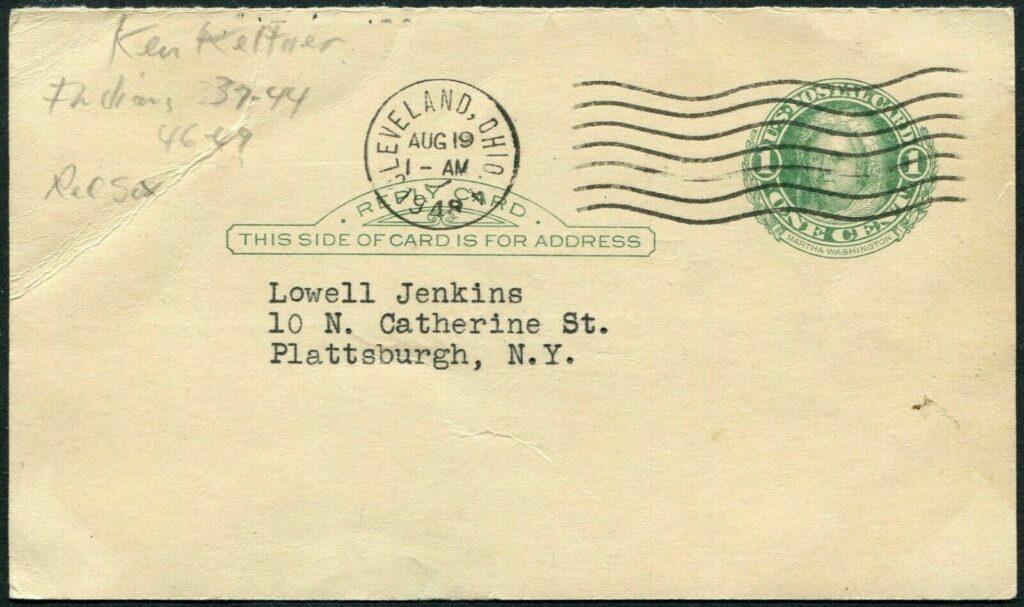
The Cleveland postmark of August 19, 1948 came in the Indians World Series championship year
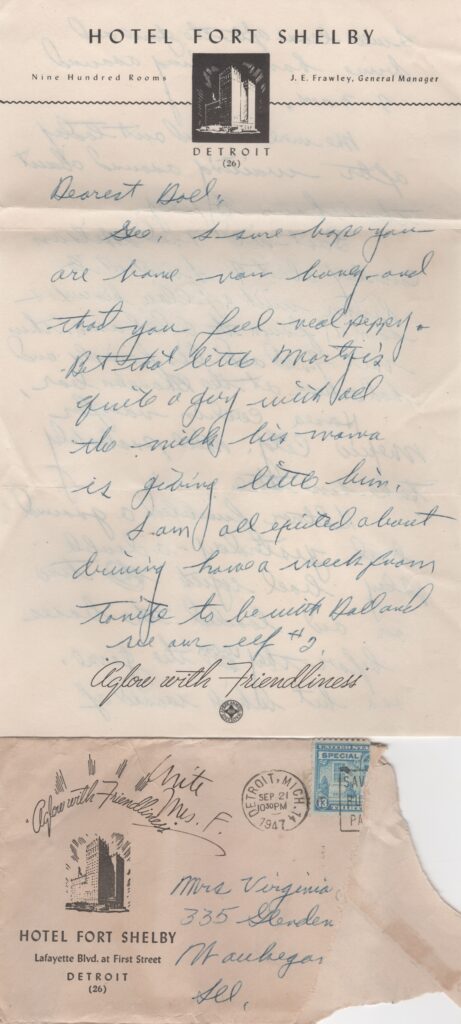
Keltner was Bob Feller's teammate for 9 seasons in Cleveland
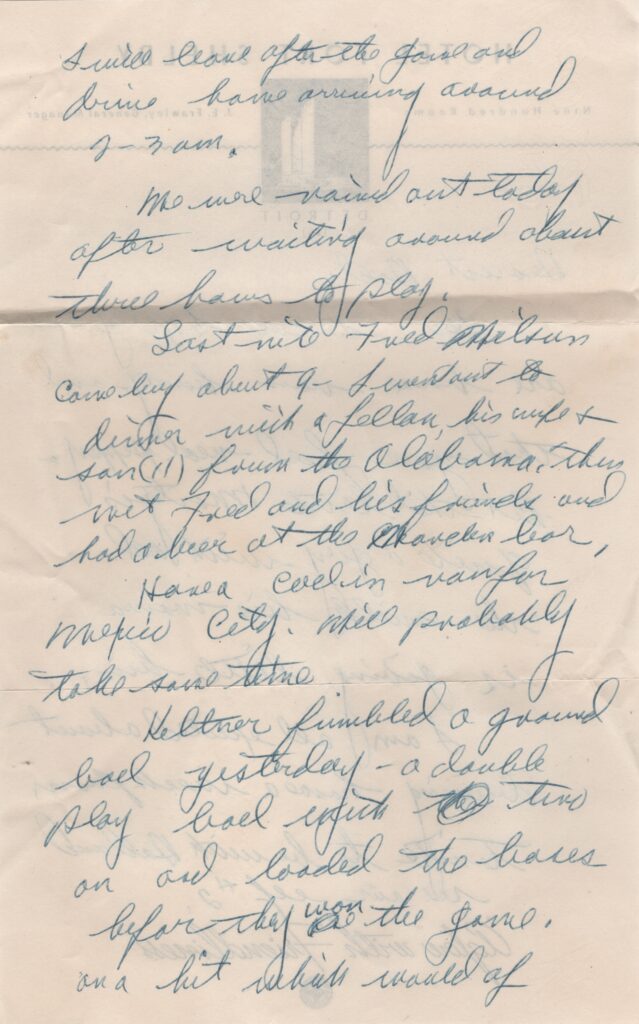
Feller writes about third baseman Keltner's costly error in the 3-2 walk-off loss
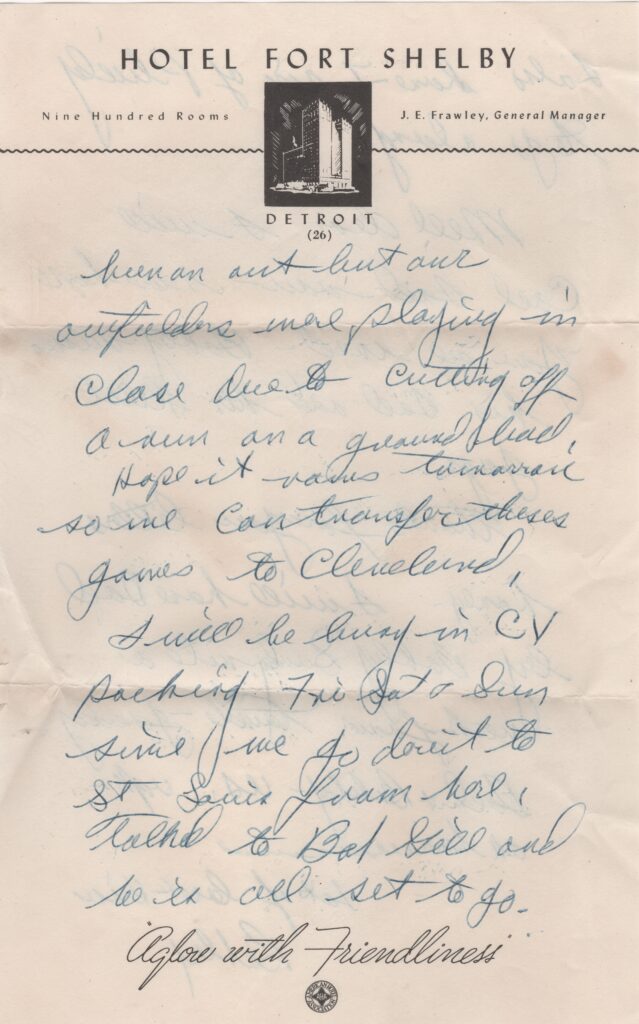
Ken Keltner represented the Indians in seven All Star Games from 1940-1948
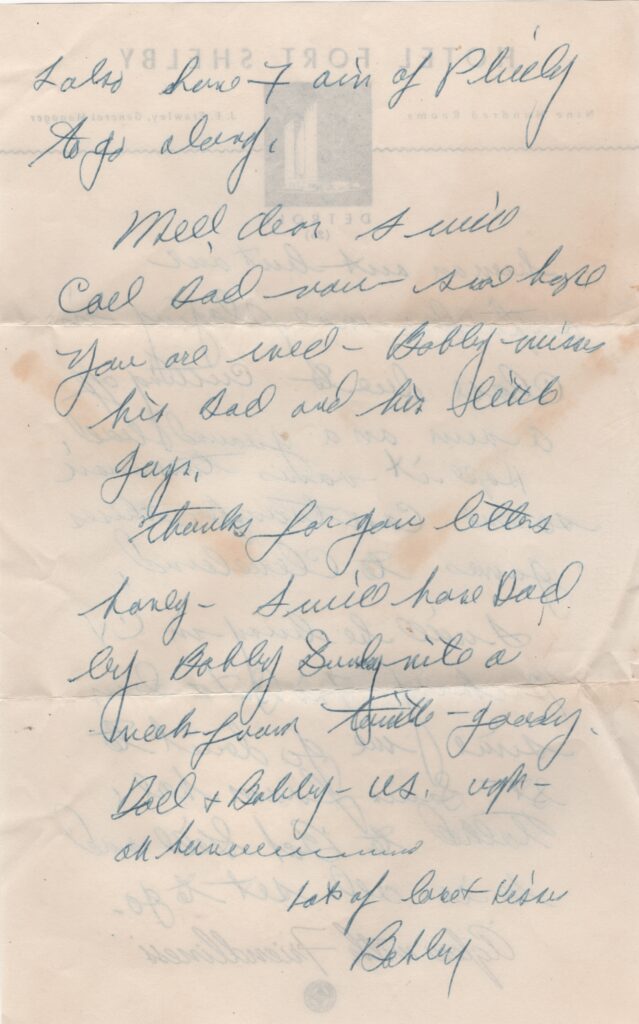
The third baseman's finest year came for the world champs in 1948
